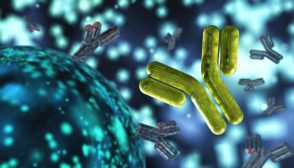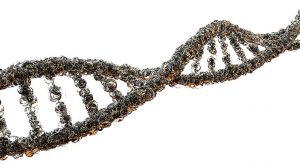Definition
noun
(cytogenetics) A chromosome banding method that employs silver staining to preferentially stain the nucleolar organizer regions of chromosomes
Supplement
Banding techniques are used to reveal the characteristic pattern of light and dark bands on individual chromosome. They make use of diagrams referred to as chromosome ideograms to determine the relative sizes and the banding patterns of chromosomes. By applying specific stains, the banding patterns become apparent. The different types of banding methods are Giemsa (G-) banding, reverse (R-) banding, constitutive heterochromatin (C-) banding, quinacrine (Q-) banding, Nucleolar Organizer Region (NOR-) banding, and telomeric R (T-) banding.
Nucleolar organizer region or NOR is a region in the chromosome around which the nucleolus forms. It contains genes for ribosomal RNA. Treating chromosomes with silver nitrate solution selectively stain the NORs. Since the NORs are located on the satellite stalks of the acrocentric chromosomes, silver staining will yield dark regions in these areas.1
This banding technique is useful in studying certain chromosome polymorphisms involving the acrocentric chromosomes.1
Abbreviation / Acronym:
- NOR banding
- NOR-banding
See also:
Reference(s):
1 Gersen, S. & Keagle, M. (2013). The principles of clinical cytogenetics. New York: Springer. p.61.







